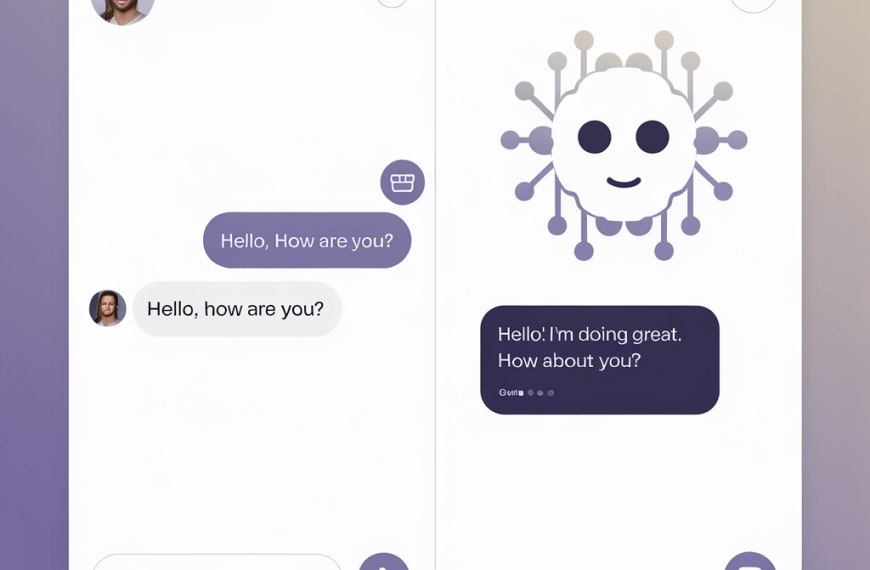Our Favorite 7 No-Code Tools You Haven’t Heard Of Yet

Introduction
In recent years, the rise of no-code tools has revolutionized the way we approach technology and software development. These platforms have democratized technology, allowing individuals without a technical background to create, automate, and innovate. No longer confined to the realm of developers, no-code tools empower users to bring their ideas to life with ease and efficiency. In this blog post, we will explore seven innovative no-code tools that you might not have heard of yet, but which are making waves in the tech world.
Tool Overview
1. Thunkable
Thunkable is a no-code platform that allows users to build mobile apps for both Android and iOS. It offers a drag-and-drop interface that simplifies the app development process.
2. Glide
Glide transforms spreadsheets into powerful, easy-to-use apps. It’s perfect for those who want to create mobile apps without writing a single line of code.
3. Softr
Softr enables users to build websites and web apps from Airtable data. It’s a versatile tool for creating anything from simple landing pages to complex web applications.
4. Adalo
Adalo is a no-code platform that allows users to design and launch their own apps. It provides a visual interface for building apps with custom functionality.
5. Make (formerly Integromat)
Make is an automation tool that connects apps and automates workflows. It’s ideal for streamlining processes and increasing productivity.
6. Lobe AI
Lobe AI is a no-code platform for building machine learning models. It’s designed to be user-friendly, making AI accessible to everyone.
7. Coda
Coda is a document-based platform that combines the functionality of documents, spreadsheets, and apps. It’s a powerful tool for organizing and managing information.
Features and Benefits
Thunkable
- Features: Drag-and-drop interface, cross-platform compatibility, real-time testing.
- Benefits: Simplifies app development, reduces time to market, accessible to non-developers.
Glide
- Features: Spreadsheet integration, customizable templates, real-time updates.
- Benefits: Quick app creation, no coding required, ideal for data-driven apps.
Softr
- Features: Airtable integration, responsive design, pre-built templates.
- Benefits: Easy web app creation, flexible design options, suitable for various use cases.
Adalo
- Features: Visual app builder, custom actions, database integration.
- Benefits: Enables custom app functionality, user-friendly interface, rapid prototyping.
Make
- Features: Workflow automation, app integrations, visual editor.
- Benefits: Increases efficiency, reduces manual tasks, connects multiple apps seamlessly.
Lobe AI
- Features: Visual model training, real-time feedback, exportable models.
- Benefits: Makes AI accessible, no coding required, suitable for beginners.
Coda
- Features: Document and spreadsheet integration, customizable templates, automation capabilities.
- Benefits: Combines multiple tools in one, enhances collaboration, adaptable to various needs.
Target Users
Thunkable
Target Users: Entrepreneurs, educators, hobbyists looking to create mobile apps.
Glide
Target Users: Small business owners, educators, non-profits needing simple apps.
Softr
Target Users: Startups, freelancers, small businesses wanting to build web apps.
Adalo
Target Users: Designers, entrepreneurs, startups aiming to launch custom apps.
Make
Target Users: Businesses, IT professionals, marketers seeking automation solutions.
Lobe AI
Target Users: Educators, researchers, hobbyists interested in AI and machine learning.
Coda
Target Users: Teams, project managers, businesses needing a versatile organizational tool.
Use Cases
Thunkable
Use Case: Creating educational apps for classroom use.
Glide
Use Case: Developing a simple inventory management app for small businesses.
Softr
Use Case: Building a membership site for a community organization.
Adalo
Use Case: Launching a custom e-commerce app for a niche market.
Make
Use Case: Automating marketing workflows to improve efficiency.
Lobe AI
Use Case: Training a model to recognize plant species for educational purposes.
Coda
Use Case: Managing a project with integrated task lists and timelines.
Conclusion and Call to Action
The world of no-code tools is vast and full of potential. These seven platforms are just a glimpse into the innovative solutions available to empower users to create, automate, and innovate without the need for extensive coding knowledge. We encourage you to explore these tools and consider how they can enhance your workflows and bring your ideas to life. Whether you’re an entrepreneur, educator, or hobbyist, there’s a no-code tool out there for you.


 By
By


